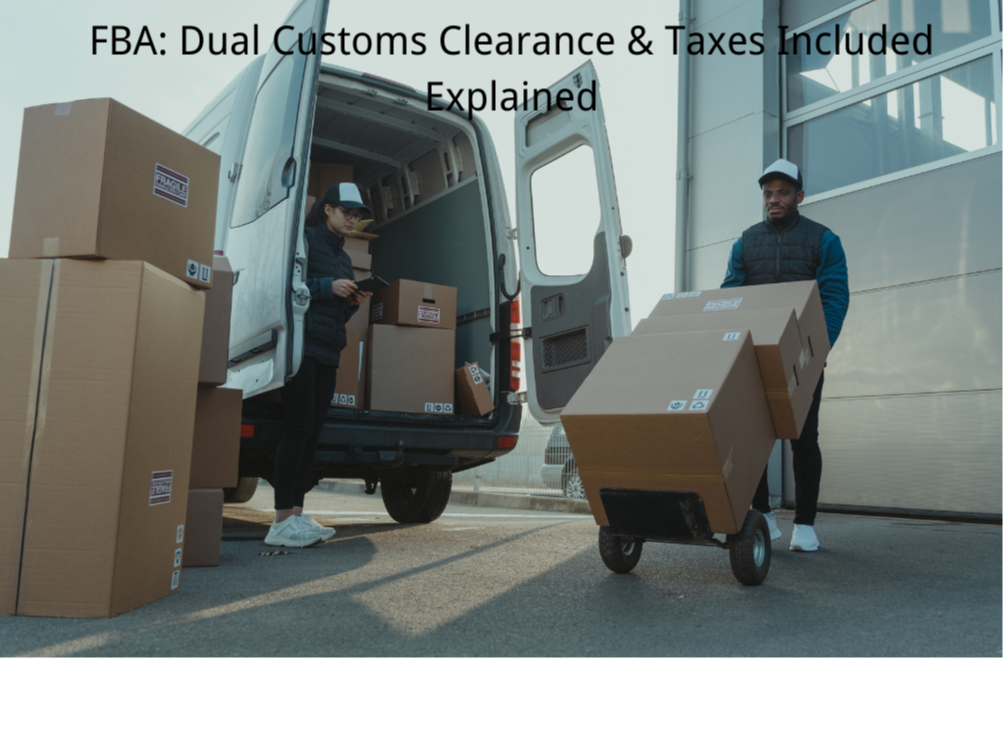FBA LCL Quote
FBA 40HQ FCL Quote
What is freight forwarding?
Freight forwarding is a service used by companies that deal in international or multi-national import and export. Essentially, freight forwarders are intermediaries between the company that makes the goods and the ultimate destination for those goods. They handle the logistics of transporting goods from one destination to another, managing the details and paperwork involved in transporting goods across international borders. This includes arranging for storage, handling customs clearance, and selecting the best modes of transportation (air, sea, rail, etc.) to optimize time, cost, and reliability.
Freight forwarding services
1.Transportation: Coordinating different modes of transport (air, sea, rail, truck) to optimize cost, efficiency, and reliability.
2. Warehousing: Arranging storage solutions before and after transit.
3. Customs Clearance: Handling necessary paperwork and procedures to meet regulatory requirements in different countries.
4. Cargo Insurance: Offering options to protect goods against loss or damage during transport.
5. Packing and Inventory Management: Ensuring goods are properly packed for transport and managing inventory before and after shipping.
Do I need a freight forwarder?
Whether you need a freight forwarder depends on several factors related to your business's shipping needs:
1. Volume and Frequency of Shipments: If you regularly ship large volumes or your shipments are frequent and complex, a freight forwarder can help streamline your operations.
2. International Shipping: Navigating the complexities of customs, tariffs, and international shipping regulations can be challenging. Freight forwarders specialize in this and can manage these processes for you.
3. Resource Allocation: If your business lacks the internal resources or expertise to manage logistics efficiently, a freight forwarder can provide significant value.
4. Multi-Modal Transportation Needs: If your shipments require multiple modes of transport (air, sea, road, rail), a freight forwarder can coordinate these logistics seamlessly.
What is a customs broker?
A customs broker is a professional who is licensed to act as an agent for importers and exporters. They facilitate the clearance of goods through customs by ensuring that all legal requirements, documentation, and duties are properly handled. Customs brokers are knowledgeable about the entry procedures, admissible requirements, classification, valuation, and the rates of duty and applicable taxes and fees for imported merchandise. They play a crucial role in international trade, helping businesses comply with complex regulations and avoid costly delays.
Freight Forwarder vs Customs Broker
Freight forwarders and customs brokers play distinct but complementary roles in international trade:
1. Freight Forwarder: A freight forwarder arranges the transportation of goods across international borders. They handle logistics like booking cargo space, warehouse storage, cargo consolidation, and ensuring that the appropriate shipping method is used. They are essentially the architects of the entire shipment process from origin to destination.
2. Customs Broker: A customs broker is specifically involved in the process of getting goods cleared through customs. They prepare and submit documentation required to facilitate exports or imports into the country, adhere to regulatory and legal requirements, and communicate directly with customs authorities. They ensure that all duties and taxes are paid and that the goods comply with all regulations.
While a freight forwarder may sometimes act as a customs broker, and vice versa, their primary functions differ significantly, focusing on logistics and regulatory compliance, respectively.
International Freight Forwarding Companies
International freight forwarding companies specialize in arranging the transportation and logistics of goods across borders. They offer a range of services including cargo booking, warehousing, cargo consolidation, shipping, customs clearance, and tracking. These companies often have a global network that enables them to handle the complexities of international shipping effectively. Well-known international freight forwarders include DHL Global Forwarding, Kuehne + Nagel, DB Schenker, Panalpina and Auto Shipping. These companies are recognized for their ability to manage and streamline the supply chains of their clients globally.
Are you Looking for a Great Price?
If you're asking about finding the best prices for services or products, it generally involves comparison shopping and leveraging any available discounts or promotions. For services like freight forwarding or customs brokerage, getting quotes from multiple providers and negotiating terms can lead to better prices. Let me know if you need tips on how to compare prices effectively or if you have a specific product or service in mind! Click here to check our freight quote:https://globalshippingauto.com/fcl-shipping-from-china




